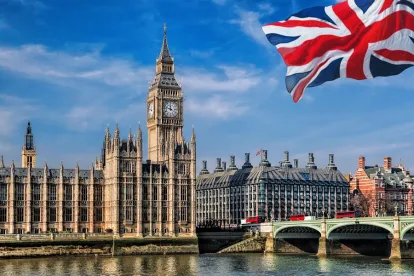The Corporate Insolvency and Governance Act 2020 (the “Act”) came into force on 26th June 2020. Alongside the Act, a new Insolvency Practice Direction (“IPD”) came into force and provides additional information in respect of winding petitions and the “coronavirus test”. This blog will look at a few of the key changes contained in the IPD.
The temporary measures in relation to winding up petitions contained in the Act, essentially made a creditor’s ability to wind up a company more difficult (as outlined in our earlier blog on the UK Wind-up Petitions). The procedural requirements in the IPD further reinforce this and create multiple filtering methods before a petition can proceed.
Contents of the Winding Up Petition
Paragraph 3 of the IPD states that a petition will not be accepted for filing unless it contains a statement explaining the reasoning for non-payment of the debt, alongside the creditors grounds for believing that either:
(i) coronavirus has not had a financial effect on the company; or
(ii) the facts would have arisen even if coronavirus had not had a financial effect on the company.
The petition also needs to contain a summary of the grounds relied upon by the petitioning creditor for the purposes of this coronavirus test.
Private Petitions
Any petition filed will now be classified as “private” until the court has concluded whether or not it is likely that it will be able to make a winding up order. A petitioning creditor is still required to serve a copy of the petition on the company and any other party specified in Rule 7.9 of the Insolvency Rules 2016.
This private classification could lead to difficulties. Firstly, it could potentially result in multiple, overlapping petitions being presented by different creditors against the same company. The IPD expressly prohibits the petition or its facts being revealed in response to a search of any court file or other record by a member of the public. Therefore, a winding up search would no longer flag live outstanding petitions to other would-be petitioning creditors (although see below).
Secondly, prior to the appointment of administrators, a winding up search is routinely carried out in order to satisfy the requirement in a notice of intention to appoint that there is no live winding up petition currently outstanding. Without visibility on whether a winding up petition has been issued, directors cannot be certain that there is not an outstanding petition. These issues could lead to an increased number of court applications to determine the status of winding up petitions and possibly, even the validity of an administrator’s appointment.
Pre-trial Review
If the petition is filed successfully, it will then be listed for a non-attendance pre-trial review with a time estimate of 15 minutes for the first available date after 28 days from the date of its presentation.
At the pre-trial review, the court will either list an unopposed petition for a hearing in the winding up list or give directions for a preliminary hearing. At this preliminary hearing, the court will determine whether it is likely that it will be able to make an order that the debtor was unable to pay its debts having regard to the coronavirus test.
If the petitioning creditor wishes to rely on any evidence at the preliminary hearing, it must file and serve such evidence at the same time the petition is filed. The debtor is able to file and serve any evidence in reply within 14 days thereafter. Both parties are also required to give dates of availability to attend the preliminary hearing.
Preliminary Hearing
At the preliminary hearing, the court will consider any evidence which has been served and whether it is satisfied that a winding up order could be made. Only if the court is satisfied on the evidence, will it then list the petition for a hearing in the winding-up list. From that point, the usual provisions of the Insolvency Rules relating to the further conduct of the petition will come into effect.
Multiple Winding Up Petitions
If at any time after the court has determined that it is likely that it will be able to make a winding up order, it becomes aware that the same or different court has also made such a determination in respect of another petition concerning the same company, the court shall direct that both (or all) such petitions be listed for further hearing at the same time. In such circumstances, the court shall:
(1) where required, transfer the petition to the court dealing with the petition presented first in time; and
(2) direct that the petition presented first in time should be heard first.
The key procedural changes in the IPD listed above will hopefully eliminate some of the issues previously envisaged in respect of the Act although there remain some areas where difficulties could arise.
The article was authored by Simran Kaur Basran




 />i
/>i
